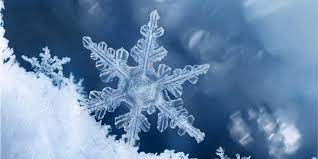
Pneumatic Systems and Cold Weather: Challenges and Solutions
Pneumatic systems play a crucial role in various industries, powering tools and equipment through compressed air. However, these systems can face challenges when operating in cold weather conditions. As temperatures drop, the performance of pneumatic systems can be compromised.
The Impact of Cold Weather on Pneumatic Systems
- Air Density and Pressure Drops: Cold weather significantly affects air density, leading to a decrease in pressure within pneumatic systems. This drop in pressure can impact the performance of tools and machinery that rely on compressed air. It may result in slower response times, reduced power output, and overall drop in efficiency.
- Moisture and Freezing: Cold temperatures can cause moisture in the air to condense and freeze within the system. Ice build-up can obstruct air passages, valves, and other components, causing malfunctions or system failures. Moisture can also corrode internal components, leading to long-term damage.
- Rubber and Seal Hardening: Prolonged exposure to cold temperatures can cause rubber seals and gaskets within pneumatic systems to harden. This can result in leaks, reduced flexibility, and compromised sealing capabilities, affecting the overall efficiency and reliability of the system.
Solutions to Cold Weather Challenges in Pneumatic Systems
- Insulation: Insulating pneumatic components can help maintain a stable operating temperature within the system. This can be achieved through the use of thermal wraps designed to protect against heat loss and prevent moisture condensation.
- Dry Air Supply: To minimize the impact of moisture in the system, using dry air is essential. Employing air dryers and filters can help remove excess moisture from the air, reducing the risk of freezing and corrosion.
- Cold-Weather Lubricants: Lubricants within pneumatic systems can thicken in cold temperatures, affecting the movement of components. Switching to cold-weather lubricants that remain fluid in lower temperatures can help ensure proper operation.
- Heating Systems: Installing heating elements or systems in critical pneumatic components can prevent freezing. This approach is effective for areas prone to extremely low temperatures.
- Regular Maintenance: Regular maintenance is crucial in cold weather conditions. Checking and replacing worn-out seals, inspecting for ice buildup, and ensuring proper insulation are essential steps in preventing cold-related issues.
Operating pneumatic systems in cold weather requires careful consideration of the unique challenges posed by low temperatures. By implementing insulation, using dryers, selecting appropriate lubricants, and incorporating heating systems, industries can ensure the reliable and efficient performance of their pneumatic systems even in the harshest winter conditions. Regular maintenance is the key to sustaining the longevity of these systems.

